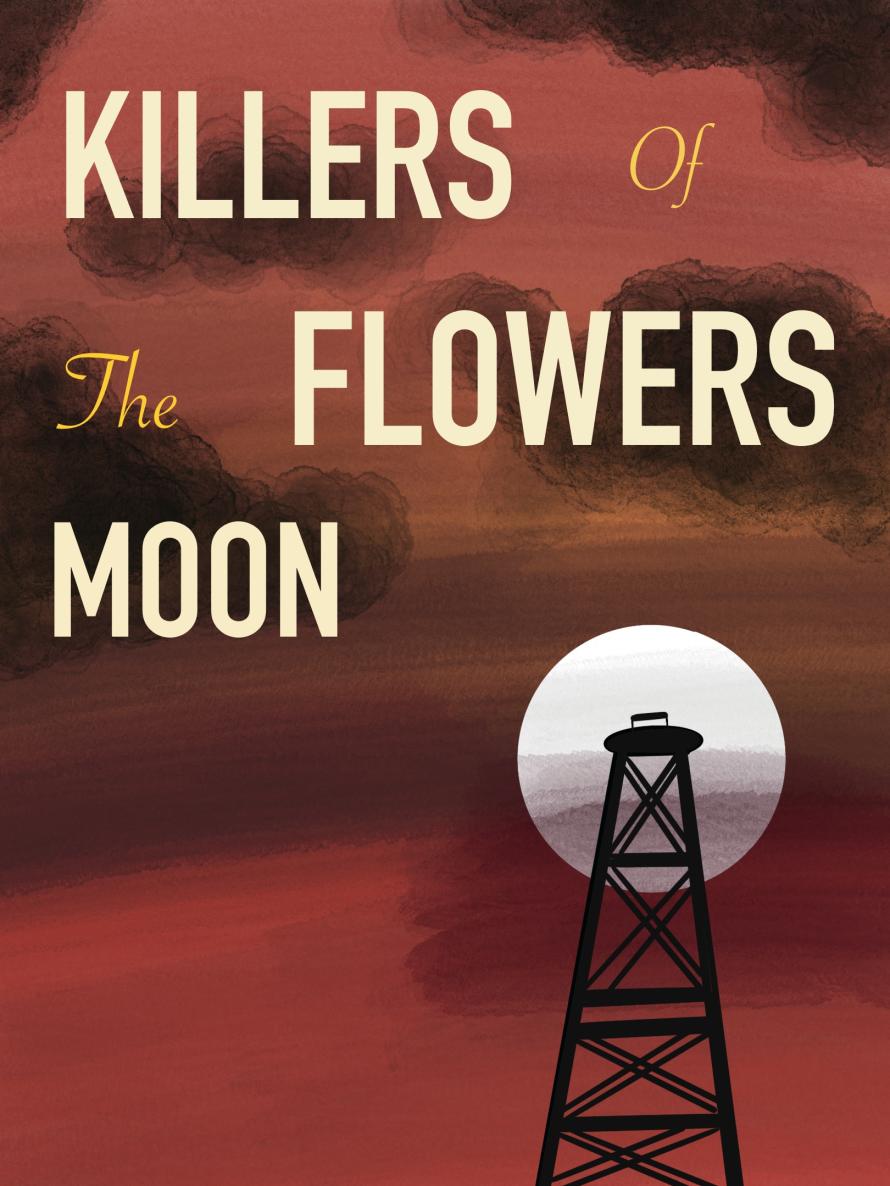Killers of the Flower Moon: A masterpiece in storytelling, acting, and filmmaking
Martin Scorsese’s latest film is so much more than a portrayal of past events.
Three and a half hours is considered a long time for any movie to run its course. But while I sat in the theatre watching Killers of the Flower Moon, directed by the legendary filmmaker Martin Scorsese, the runtime of the film—which many have criticized as being too long—went unnoticed amidst the film’s overwhelming and gradually stomach-churning depiction of injustice.
Scorsese has been directing films since the 1960s and is the recipient of numerous accolades. Through his famous partnerships with actors Robert De Niro and Leonardo DiCaprio, Scorsese frequently explores themes of masculinity, violence, moral ambiguity, and corruption; and he often sets his films against the grim aspects of the American society. Killers of the Flower Moon, Scorsese’s most recent film, is a continuation of the director’s career-long meditation on such themes, but he adds an urgency and tenderness, which is needed to tell the historically neglected story of the Osage Indian murders that spanned the early 1900s.
Otherwise known as the “Reign of Terror,” The Osage Indian murders were a string of mysterious deaths of Indigenous Peoples in Oklahoma’s Osage Reservation. During the early 20th century, valuable oil was discovered under the Reservation, which gave Osage community members the right to any wealth or royalties incurred by the oil. The discovery of natural resources and the wealth that followed transfixed the public, as the lavish lifestyles, indulgence, and prosperity of Osage Americans contradicted the popular narrative of Indigenous Peoples as belonging to deprived, poor, and segregated communities.
At the same time oil was found, the US Congress passed a law obligating all Osage Americans to have white guardians to oversee the handling of their newfound wealth, allowing ample opportunity for whites to exploit and unjustly gain ownership of said wealth. The murders of Osage Americans, which were staged as coincidental deaths or apparent suicides, allowed their guardians to completely seize their assets. Prior to the eventual intervention of the Federal Bureau of Investigation (FBI), it is estimated that greed and exploitation killed more than 60 Osage Americans.
Killers of the Flower Moon is more than just a reminder of this historical tragedy. Scorsese often explores the ways in which the corrupt nature of power seeps its way into unconventional spaces: in the minds and hearts of ordinary people.
DiCaprio plays Ernest Burkhart, a hapless and unclever war veteran perfectly poised to be manipulated by his insidious uncle William Hale (Robert De Niro) to exploit the oil rights of Indigenous women in the Osage reserve. Then comes Mollie Burkhart (Lily Gladstone), a strong-willed and proud Osage woman who quickly falls in love with Ernest. Together, they reside on Osage land, have kids, and continue to receive monetary gains from oil rights.
At the beginning of the film, the relationship and comradery between Ernest and Mollie conveys stillness and emotional comfort amidst Ernest’s slow but sure descent into corruption and secrecy. In my opinion, it is the depth of Ernest and Mollie’s relationship that makes the “audacious” ending, as Vanity Fair calls it, so bittersweet and so heart-breaking.
Hale sees the docility of his nephew as an opportunity. As the film enters its last hour, the audience is left hoping that Ernest’s devotion and loyalty to his family save him from his uncle’s insidious intentions, but by the time the FBI intervenes and Hale is confronted, it is too late. The fact that Ernest and Mollie’s love was not enough to resist the temptations of wealth drives home Scorsese’s point of how power tarnishes even the most unassuming people.
Praised for its commitment to authenticity, the technical aspects of the film, such as the actors’ methodical acting, the sets, ambience, costume design, as well as the music itself, was inspired by real Native Americans and their ideas or priorities. According to an article by The Guardian, 100 Osage were selected to play extras. In the same article, Scorsese remarks that Killers of the Flower Moon is not your typical historical depiction: “The most important thing to remember is that while the story is set in the 1920s, it’s not a ‘historical’ film. What I mean by that is that the effects of the tragedy are still felt within the community.”
As I left the theatres, my head was flooding with scrambled thoughts and emotions at having watched a profound masterpiece in storytelling, acting, and filmmaking. Days later while writing this review, Scorsese’s words resonate more than ever: Killers of the Flower Moon is so much more than a historical film. It is tempting to view Indigenous experiences only through a historical lens. The film’s storytelling should remind audiences that history is a living, breathing thing, the effects of which persist into the present day no matter how many films or memorials there are to remediate or remember injustices done in the past.
Associate Opinion Editor (Volume 50) — Mashiyat (”Mash”) is a second-year student completing a specialist in Neuroscience and a double minor in Biology and Professional Writing and Communications (PWC). As an associate opinion editor, she hopes to use her voice to encourage others to write freely and unabashedly about the things that mean most to them. In her free time, Mash can be found striking up conversations with strangers in the city, cooking for her family, and being anxious about her nebulous career plans!


